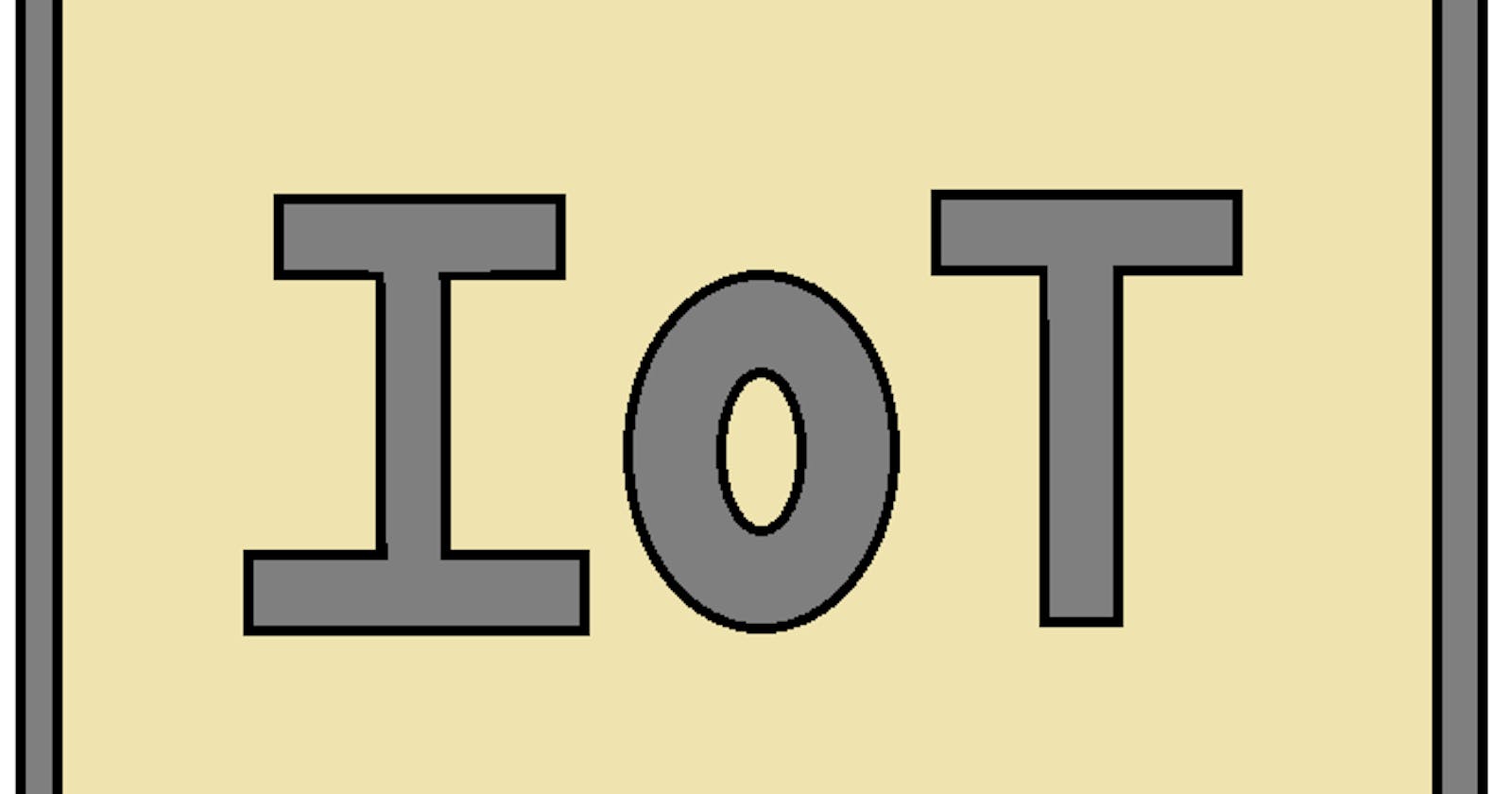IoT means Internet of Things. In simple terms, IoT is about linking things to the Internet. You might be wondering, that's what the title says. But that's exactly what it is. What makes it interesting is the face of what to do when you connect to the internet. Let's try to comprehend this from a few studies:
1. Manufacturing Industry
Considering a basic example of a factory where a lot of machinery are laid out and some metal parts are made for the automotive industry. Each computer is now managed by the operator and the regular production run is taken out. What would IoT do in such a complicated scenario? If we link each computer to the internet, what's the advantage of it? Consider that any computer is actually connected to the internet and can send a lot of useful digital information to the internet. Then the software written on internet can do few of the below mentioned tasks:
- Get the most reliable data on daily output
- Hourly computer productivity
- Operator productivity
- Analysis of downtime
- Report on maintenance
IoT is very interesting, isn’t it? Let’s take another example, a commercial one
2. Automobile
A simple data acquisition unit, mounted in a car, can read a lot of data from ECU (engine Control unit). This knowledge is all about the overall health of the car. Connecting a car to the internet and writing a mobile app to read this information will make us wonder.
- Give the entire health report of car on mobile app
- Informing us about the next service routine (if its needed or not)
- Tracking the Car using GPS (theft control)
- Remote alarming even if car is started (greater theft control mechanism)
- Knowing small details like when spares need maintenance
- Maintain the servicing routine schedule and keep the car healthy.
This ECU, is there inside the car for a very long time and the concept of connecting that ECU, means in turn the car itself to internet is one such application of IoT. Let’s take one more example
3. Consumer electronics
Connecting our home appliances to internet and being able to control them remotely is fun. But beyond being fun, it can be a very useful thing if you’re living in a city like Mumbai. Keeping the AC on just 10 minutes you reach home can give you a nice cold atmosphere once you reach home. Same applies to your water geyser. Or perhaps the entire home appliances. Now, you’re getting the idea of internet of things. By connecting things to internet, we can analyze the data produced by our thing which can be as large as a CNC or even an oil rig. This large data, when analyzed properly will give us wonderful insights about the thing. Moreover we can also have a remote control of our devices / any kind of control structure sitting far away from the device itself. You can turn it on or off even when you’re in another subcontinent and it’ll still work the same way. So by connecting things to internet, we can basically do wonders.
History
Is there anything new in IoT? No. Then why IoT doesn’t exist till now? Who says this?? IoT is there for a very long time. The names used throughout the history may be different but the concept of IoT is very old. Previously various different names were used depending upon the comfort of the user of the term IoT like
- M2M communication
- Internet of Everything
- World size web
There are various definitions and different types of implementations all over the world. However, it was Kevin Ashton, a British visionary, who coined the word Internet of Things in a newspaper while working at Proctor and Gamble. It was back in 1999, and since then the word IoT has become popular. People have also gone so far as to clarify how IoT is distinct from M2M. There are technological variations, since cloud computing is modern, but the principle is basically the same.
What are the components of IoT? Let’s look at this diagram

So, narratively, the implementation of IoT is
- Link to the internet through sensors, some electronic circuits and network connectivity.
- The web server to receive and process this information.
- Visualization of the generation of any useful data for users on a computer or cell phone.
